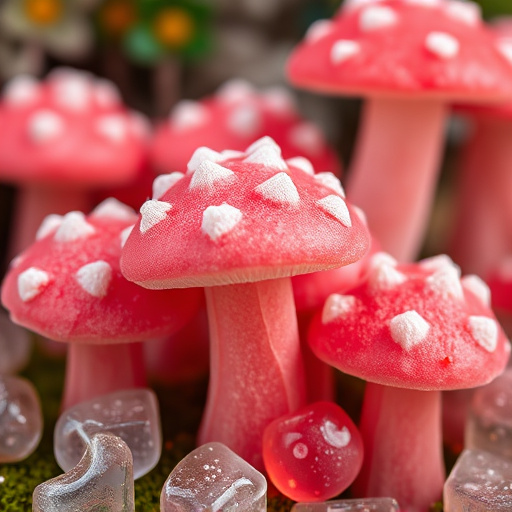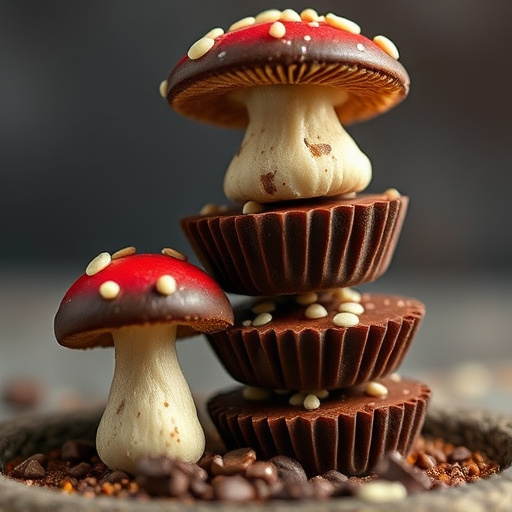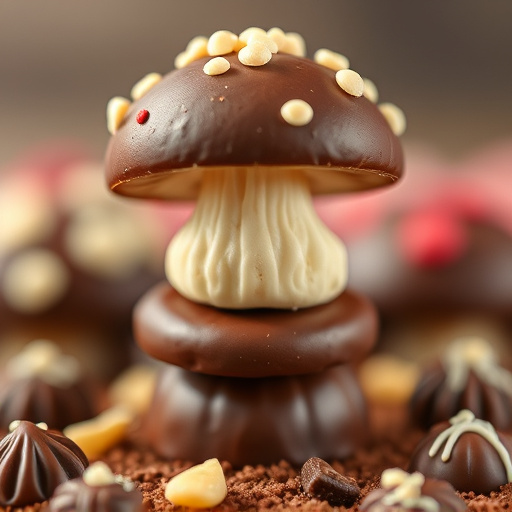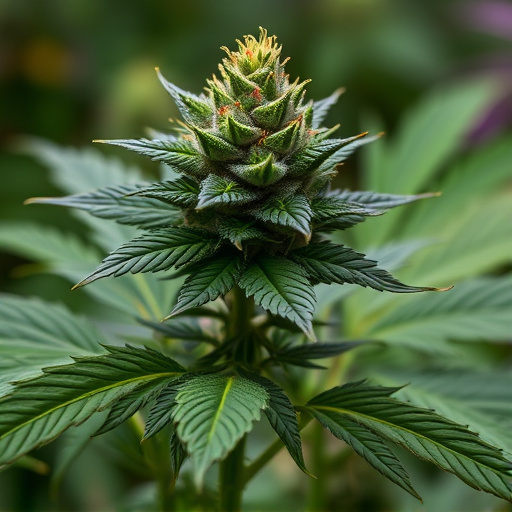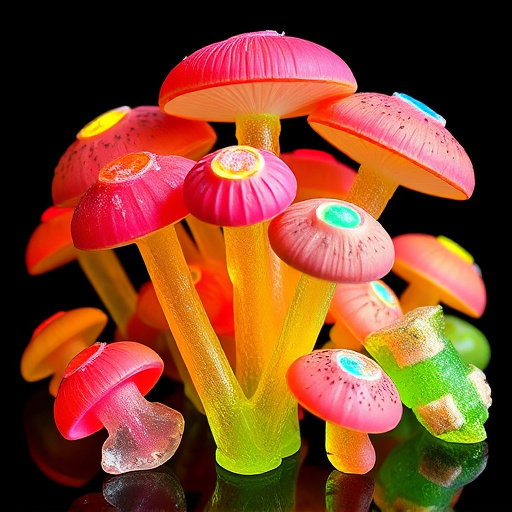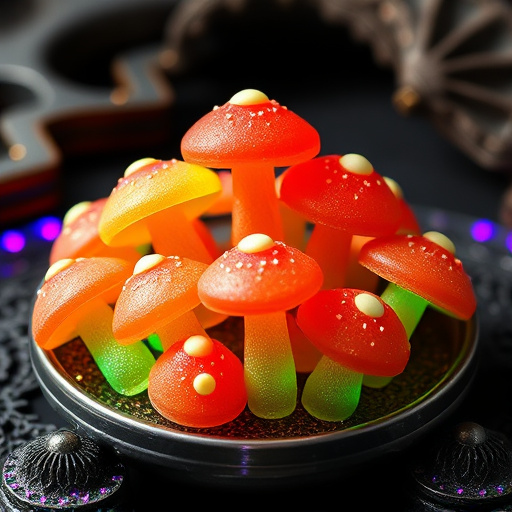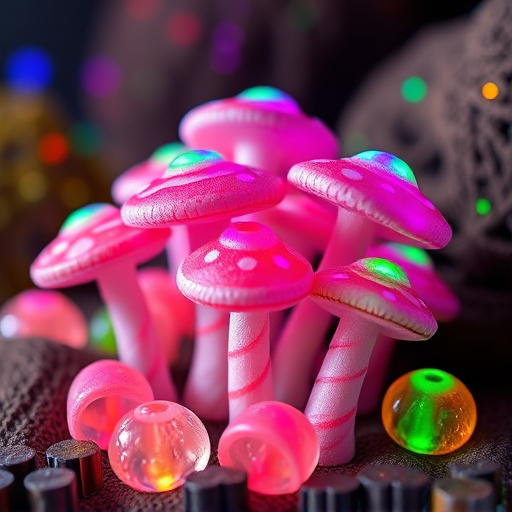The history of magic mushroom gummies usage traces back centuries to ancient cultures using psilocybin mushrooms for medicinal and spiritual purposes. After a period of criminalization in the 20th century, these substances experienced a resurgence in interest due to shifting societal attitudes and scientific research. Today, magic mushroom gummies represent a modern, safe method for exploring psilocybin's benefits, such as improved focus and mental clarity, reflecting a growing acceptance within mainstream wellness practices.
“Unveiling the Modern Phenomenon: The Magic Mushroom Gummies Subscription Service
The historical journey of magic mushroom gummies traces back to ancient psychedelic practices, evolving into a contemporary wellness trend. This article delves into the fascinating evolution of psilocybin consumption, from its early cultural and scientific milestones to its modern manifestation in subscription services. We explore how these specialized boxes cater to the growing interest in psychedelic-assisted therapy, while navigating regulatory considerations and charting a future outlook for this innovative industry, highlighting key market trends and ethical implications.”
- The Historical Journey of Magic Mushroom Gummies
- – A brief history of psychedelic use and its evolution into modern gummies
- – Key cultural and scientific milestones in the acceptance and study of psilocybin
The Historical Journey of Magic Mushroom Gummies
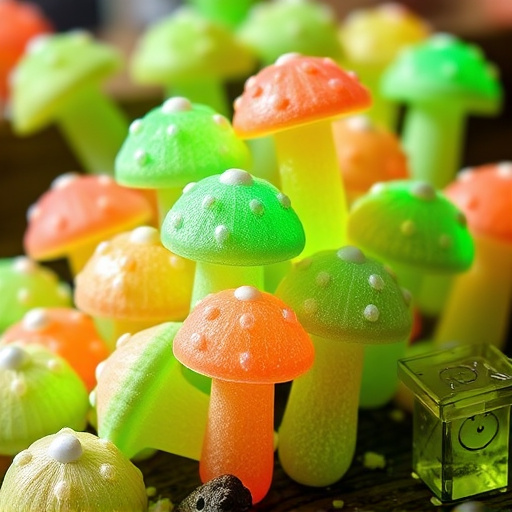
The history of magic mushroom gummies is intertwined with the broader narrative of psilocybin’s journey from fringe interest to mainstream exploration. Historically, mushrooms with psychotropic properties have been used for centuries in various cultures around the world, often for their medicinal and spiritual benefits. Ancient tribes and indigenous peoples valued these fungi for their ability to facilitate altered states of consciousness, promote healing, and enhance ritual experiences.
However, as the 20th century unfolded, psilocybin mushrooms faced increasing stigmatization and criminalization, largely due to societal shifts and political pressures. This led to a significant decline in open discussion and research into their therapeutic potential. Yet, recent decades have witnessed a remarkable turnaround with growing scientific interest and changing attitudes towards psychedelic substances. Today, magic mushroom gummies represent a modern interpretation of this ancient practice, offering a safe and controlled way to explore the benefits of psilocybin for those seeking alternative wellness approaches.
– A brief history of psychedelic use and its evolution into modern gummies
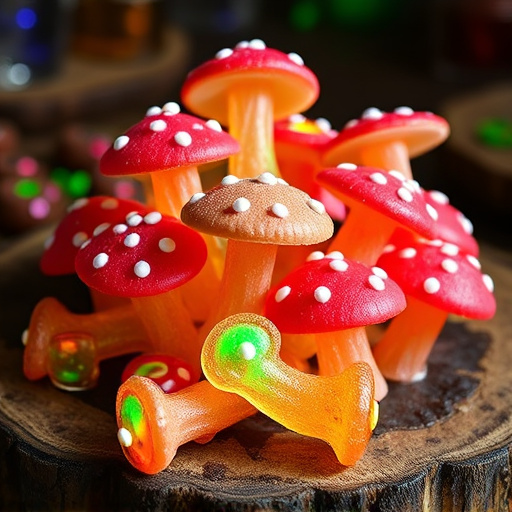
The history of psychedelic use dates back centuries, with indigenous cultures around the world utilizing plants like psilocybin mushrooms for their medicinal and spiritual properties. However, it was in the mid-20th century that interest in psychedelics shifted dramatically. The 1960s counterculture movement brought psychedelic drugs to the forefront of Western society, where they were embraced as tools for self-exploration and consciousness expansion. This era saw the popularization of substances like LSD and mescaline, often taken orally in various innovative forms.
As societal attitudes changed and regulations tightened, the use of psychedelics became largely underground. However, recent years have witnessed a resurgence of interest, particularly in the legal and regulated psychedelic therapy scene. This shift has paved the way for the modern evolution of gummies, offering a discreet, palatable, and potentially therapeutic method of consuming psilocybin. Today, magic mushroom gummies are part of a growing trend towards microdosing and wellness, appealing to those seeking improved focus, mental clarity, and overall well-being—all while enjoying a delicious, candy-like treat.
– Key cultural and scientific milestones in the acceptance and study of psilocybin
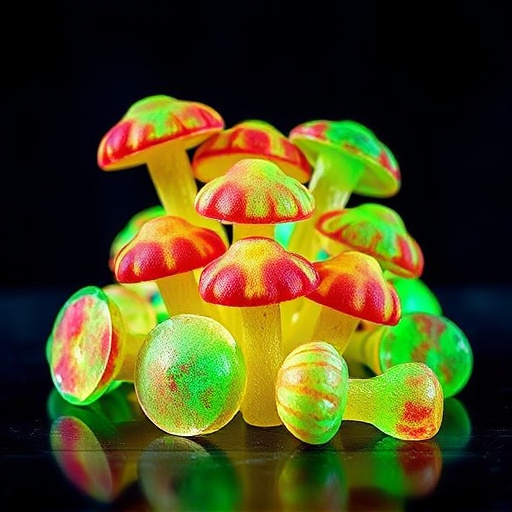
The history of magic mushroom gummies usage is intertwined with a growing cultural and scientific acceptance of psilocybin, the active compound found in certain species of mushrooms. In the 1950s and 60s, researchers like Dr. Richard Evans Schultes began studying these fungi, sparking initial interest in their psychological effects. This period marked a pivotal moment in the exploration of psychedelic substances, leading to numerous cultural milestones.
The counterculture movement of the 1960s further popularized psilocybin-containing mushrooms, often referred to as “magic mushrooms.” This era saw increased interest in alternative states of consciousness and spiritual practices, with many seeking deeper insights through these compounds. Scientific studies also continued, investigating the potential therapeutic benefits of psilocybin for conditions like depression and anxiety. More recent breakthroughs, such as the FDA’s approval of a psilocybin-assisted therapy for end-of-life anxiety in 2022, have further validated the clinical applications of these compounds, driving the development of innovative delivery methods like gummies.
The historical journey of magic mushroom gummies usage reflects a broader societal shift towards exploring psychedelic therapies. From ancient rituals to modern medical studies, psilocybin has evolved from taboo to therapeutic tool. As research continues to uncover its potential benefits for mental health and wellness, subscription services offering magic mushroom gummies contribute to making this alternative treatment more accessible. By embracing the history and science behind psilocybin, we can navigate a future where these ancient compounds play a profound role in enhancing well-being.

